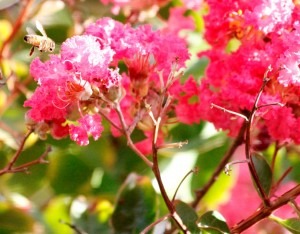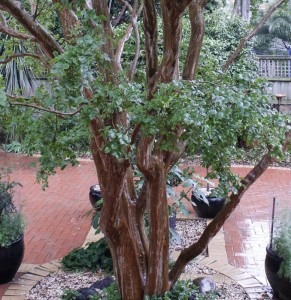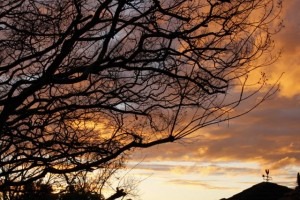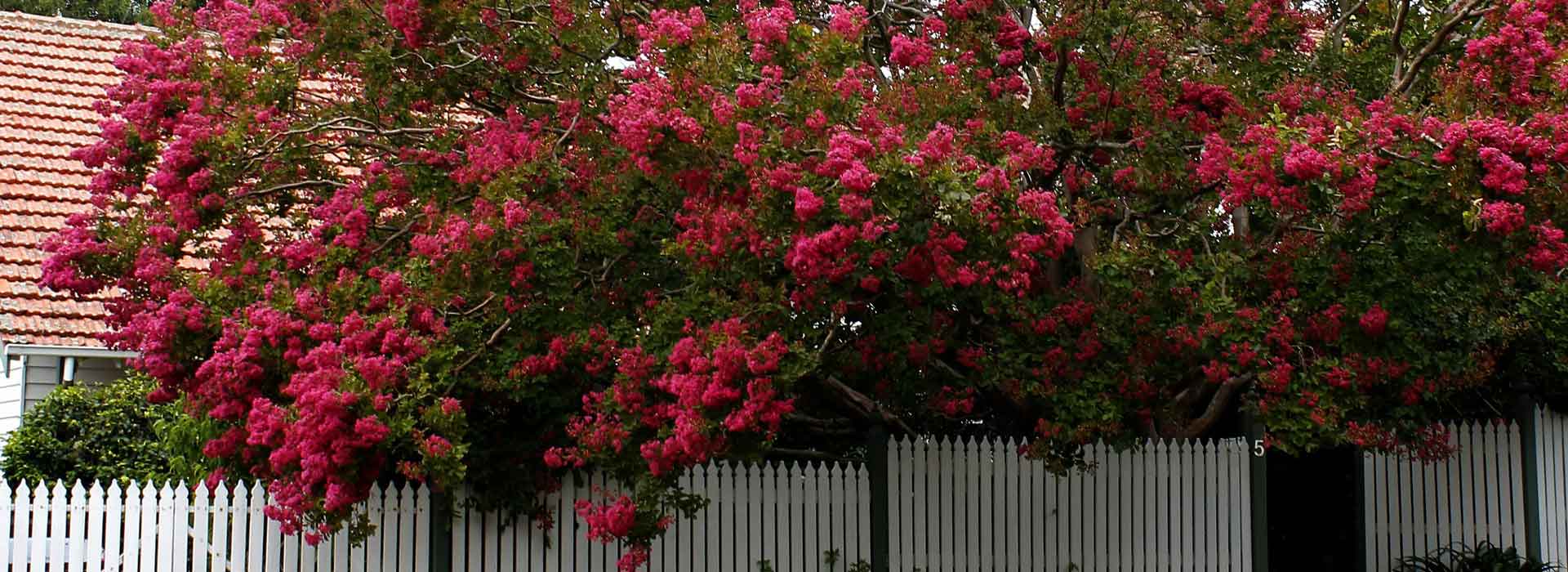Crepe Myrtle – a Beautiful Shade Tree
Lagerstroemia indica, commonly known as Crepe Myrtle has been a classic favorite of gardeners for many years. It’s almost impossible to resist this small to medium tree that offers a feature for every season, yet asks for so little in return. With the recent introduction of new varieties, the Crepe Myrtle can now be used in even more applications, giving it an entire new legion of fans, and confirming it’s place as one of the most popular deciduous trees in Australian gardens and landscapes.
Originating in Eastern Asia, Lagerstroemia indica can be found in areas including parts of China, Korea and Japan. Named by the famous botanist and forefather of botanical nomenclature Carl Linnaeus, Lagerstroemia indica was given to him by the merchant Magnus Von Lagerström in the 1700’s.
This small to medium deciduous tree forms a lovely rounded vase shape. In the past it was often heavily pruned to encourage greater flowering, however it forms a much more attractive habit when left alone. Lagerstroemia indica is a small to medium tree, usually in the range of 4-6 metres. The new varieties offer Crepe Myrtles, however, are availabe in sizes ranging from small shrubs around 1 metre up to medium sized trees.
 In late summer, the Crepe Myrtle bears trusses of very attractive, bee-attracting crepe-like flowers, originally pink but now also available in variations of pinks, whites and mauves. In autumn, the small oval leaves put on a great show with a mix of yellow, orange and red tones, which can vary depending on variety. After leaf fall the attractive bark becomes most evident. A pretty, mottled exfoliating bark in silver, pink and brown tones makes a really great winter attraction. Finally the new, small, mid-green leaves appear, providing cool shade in time for the heat of summer.
In late summer, the Crepe Myrtle bears trusses of very attractive, bee-attracting crepe-like flowers, originally pink but now also available in variations of pinks, whites and mauves. In autumn, the small oval leaves put on a great show with a mix of yellow, orange and red tones, which can vary depending on variety. After leaf fall the attractive bark becomes most evident. A pretty, mottled exfoliating bark in silver, pink and brown tones makes a really great winter attraction. Finally the new, small, mid-green leaves appear, providing cool shade in time for the heat of summer.
In recent years, several ranges of new Crepe Myrtles have been developed. The new varieties are more disease-resistant and can be used in even more applications within the landscape. The Indian Summer range includes trees ranging in size from small to medium with weeping and more upright forms available. It also offers a great variety of flower colours, ranging from white to pinks, to lavender and almost reds. The second range recently developed are ground cover Crepe Myrtles. At around 1 metre high, these varieties, available in many colours, provide an opportunity to use Crepe Myrtles in even more garden and landscape situations.
 Hardy in most parts of Australia, Crepe Myrtles prefer a full sun position, in a well drained soil. In severe frost areas they may require a sheltered position. Once established they are also quite drought tolerant. In the past it was common to prune these trees heavily to promote more flowers but this prevented the trees from forming their natural shape. If left to self-shape, generally Crepe Myrtles will still reward you with a great show of flowers, as well as an elegant, attractive form. If Crepe Myrtles suffer damage to their roots or trunk, they may sucker. It is important to be mindful of roots and trunks when whipper-snippering or mowing around them (as can sometimes be seen when residents have gotten a little too close to their Crepe Myrtle street trees with the mower).
Hardy in most parts of Australia, Crepe Myrtles prefer a full sun position, in a well drained soil. In severe frost areas they may require a sheltered position. Once established they are also quite drought tolerant. In the past it was common to prune these trees heavily to promote more flowers but this prevented the trees from forming their natural shape. If left to self-shape, generally Crepe Myrtles will still reward you with a great show of flowers, as well as an elegant, attractive form. If Crepe Myrtles suffer damage to their roots or trunk, they may sucker. It is important to be mindful of roots and trunks when whipper-snippering or mowing around them (as can sometimes be seen when residents have gotten a little too close to their Crepe Myrtle street trees with the mower).
Lagerstroemia indica can be susceptible to powdery mildew. In areas of higher humidity or less air flow, this has been more of a problem. The new varieties of Crepe Myrtle, however, have been specifically developed to be resistant to powdery mildew, so this is now much less of a concern. They are generally not prone to other pest or disease problems. Like any other plant, if they are in a less than suitable environment or suffering any stress, they may be more susceptible to infestation or attack.
 New varieties of Crepe Myrtles can be used in a variety of garden and landscape situations. They make excellent feature trees in the garden or lawn, allowing winter sun to penetrate, and can now be used in bed plantings as well. Many local councils are choosing Crepe Myrtles as street trees, due to their size, attractive form, great show of flowers and hardiness once established.
New varieties of Crepe Myrtles can be used in a variety of garden and landscape situations. They make excellent feature trees in the garden or lawn, allowing winter sun to penetrate, and can now be used in bed plantings as well. Many local councils are choosing Crepe Myrtles as street trees, due to their size, attractive form, great show of flowers and hardiness once established.
Given the great varieties available and the number of applications they can be used in, Crepe Myrtles really deserve the popularity they garner from gardeners and landscapers. It seems they will be a classic favorite for many years to come.
Maree Kiefer has a degree in horticulture and has worked in retail nurseries and revegetation and with landscape designers.
References:
Lord & Willis (1982) Shrubs and Trees for Australian Gardens (5th ed.) Melbourne: Lothian.
Readers Digest (1999) The Readers Digest Gardeners’ Encyclopedia of Plants and Flowers (1st ed.).Sydney: Readers Digest (Australia).
Flemings Nurseries (2015) Indian Summer Crepe Myrtle. http://www.flemings.com.au/indian_summer.asp
Photos: John Plaxton



